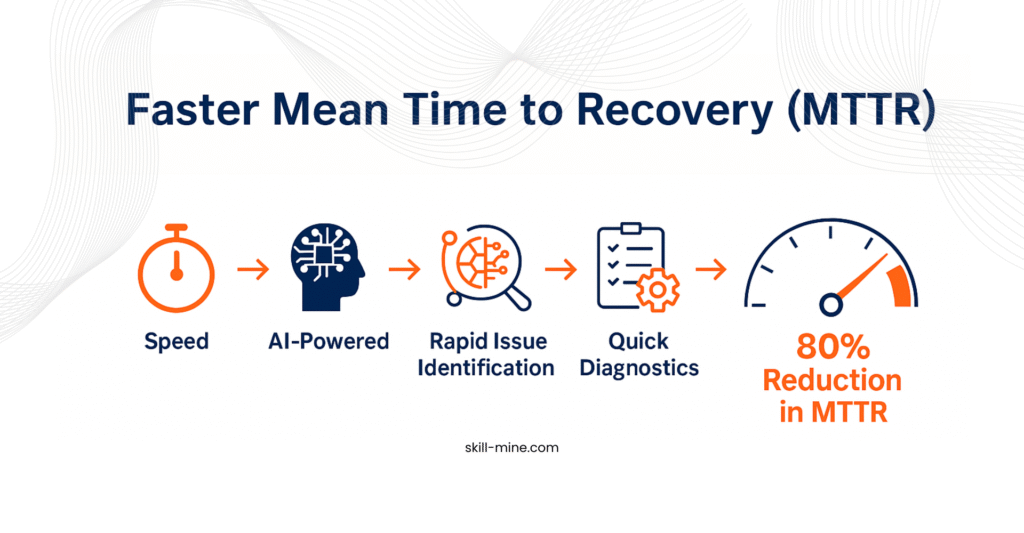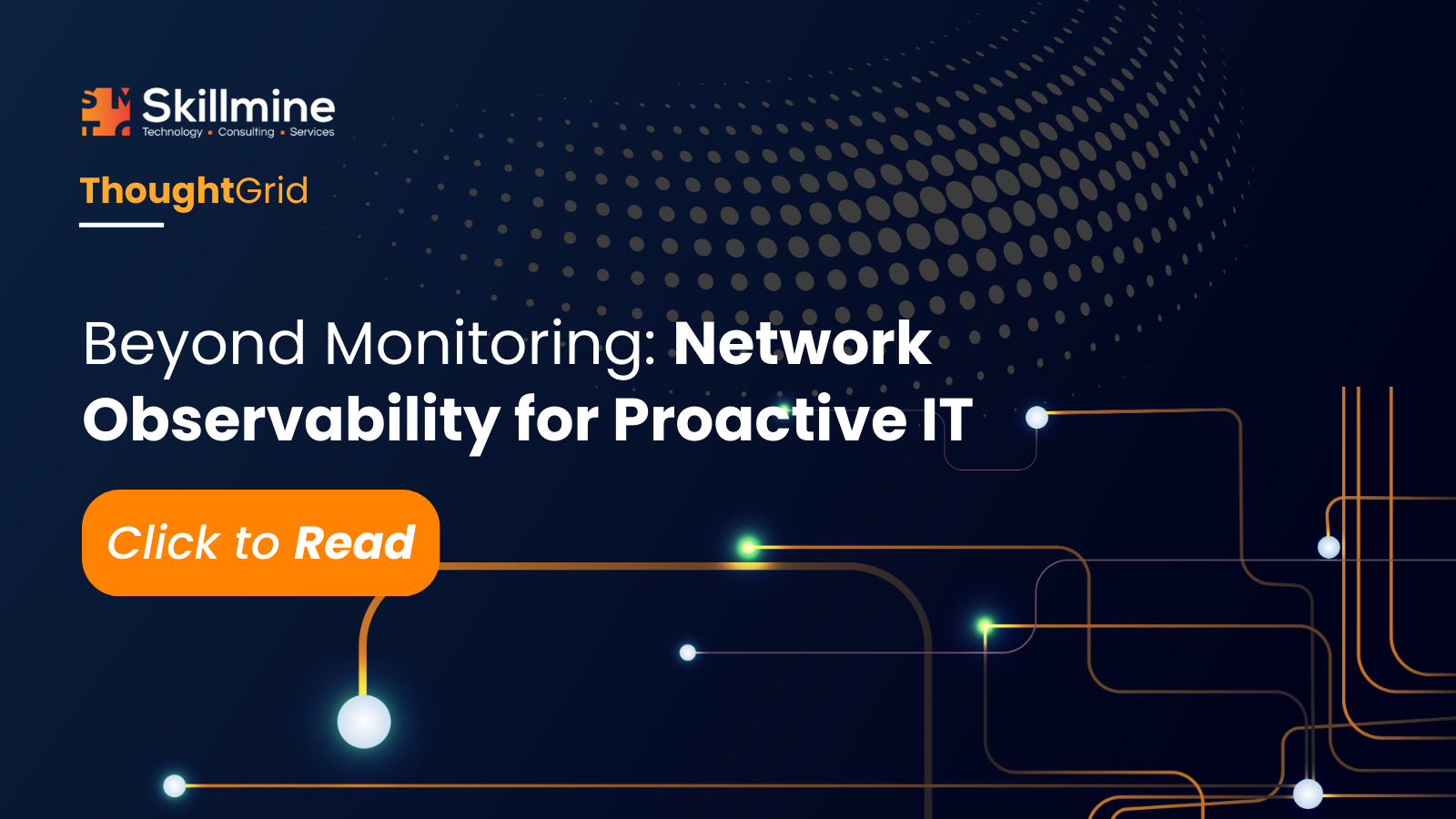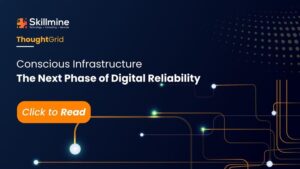Traditional network monitoring has long been the baseline for managing IT environments, alerting teams when performance drops or failures occur. But today’s digital infrastructure spans multiple cloud platforms, hybrid setups, and edge environments, making legacy monitoring tools increasingly inadequate. That is where network observability comes in.
By offering deeper, real-time insights into system behavior, network observability enables IT leaders to understand the “why” behind issues, not just the “what,” and resolve them before they escalate. It marks a critical shift from reactive alerts to proactive IT operations.
By offering deeper, real-time insights into system behavior, network observability enables IT leaders to understand the “why” behind issues, not just the “what,” and resolve them before they escalate. It marks a critical shift from reactive alerts to proactive IT operations.
The Shift from Monitoring to Observability
- Monitoring tells you something is wrong but offers limited root-cause visibility.
- Observability provides a real-time, holistic view of how systems behave—making it easier to detect, diagnose, and resolve issues before they impact users.

How Network Observability Benefits IT Leaders
- Complete Visibility: Observability pulls telemetry data from logs, metrics, and traces to provide a 360-degree view of the network from the core to the cloud to the edge. This level of visibility is vital in diagnosing performance issues within complex IT infrastructures.
- Faster Mean Time to Recovery (MTTR): With AI-powered diagnostics, observability platforms can detect issues early and pinpoint their root cause, significantly reducing downtime. This accelerates recovery time and helps maintain seamless user experiences.
- Predictive Analytics: By combining machine learning with historical data, observability tools forecast potential failures. This proactive approach allows IT teams to fix problems before they affect business operations.
- Enhanced Decision-Making: Access to real-time data and actionable insights enables IT leaders to make informed decisions about infrastructure scaling, load balancing, and performance optimization, all while maintaining business continuity.
Key Technologies Enhancing Observability
- Telemetry Data: The foundation of observability. It captures granular data on system performance, allowing IT teams to track and analyze changes in real time.
- AI/ML-Based Insights: Artificial Intelligence in IT infrastructure plays a vital role by identifying anomalies and providing smart alerts. This removes noise and lets teams focus on genuine threats or performance degradations.
- Hybrid and Multi-Cloud Compatibility: Modern observability tools support multi-cloud and hybrid environments, offering unified visibility across platforms like AWS, Azure, and on-premises systems.
- Automation and Self-Healing Systems: Observability platforms integrated with automation can trigger corrective actions instantly such as restarting services, adjusting resources, or notifying teams by minimizing manual intervention and speeding up resolution.
Skillmine’s Role in Network Observability
At Skillmine, we recognize that real-time visibility and rapid resolution are non-negotiable in today’s digital ecosystem. Our observability solutions are built on AI-powered analytics and rich telemetry, helping organizations move beyond basic monitoring to proactive issue resolution.
With AI-driven solutions, Skillmine’s tools continuously monitor, analyze, and learn from network activity. By predicting potential failures and automating responses, we help businesses reduce downtime and strengthen their IT resilience.
Our Security Operations Centre (SOC) services bring added value, providing continuous surveillance and intelligent threat detection across enterprise environments. This ensures operational efficiency and business continuity, even in the face of growing network complexity.
With AI-driven solutions, Skillmine’s tools continuously monitor, analyze, and learn from network activity. By predicting potential failures and automating responses, we help businesses reduce downtime and strengthen their IT resilience.
Our Security Operations Centre (SOC) services bring added value, providing continuous surveillance and intelligent threat detection across enterprise environments. This ensures operational efficiency and business continuity, even in the face of growing network complexity.
Observability for Telecom, IT, and Infrast
In high-stakes industries such as Telecom, IT, and Infrastructure, uptime is more than a metric. It’s a mission-critical KPI. With Skillmine’s observability framework, organizations in these sectors gain:
The evolution from network monitoring to observability marks a pivotal moment for modern IT. With AI and automation at its core, observability offers not just data but direction. And with Skillmine’s industry-specific expertise, businesses can confidently turn complex infrastructure into a strategic advantage.
- Advanced fault prediction and resolution
- Real-time infrastructure insights
- Enhanced service quality and customer satisfaction
The evolution from network monitoring to observability marks a pivotal moment for modern IT. With AI and automation at its core, observability offers not just data but direction. And with Skillmine’s industry-specific expertise, businesses can confidently turn complex infrastructure into a strategic advantage.





